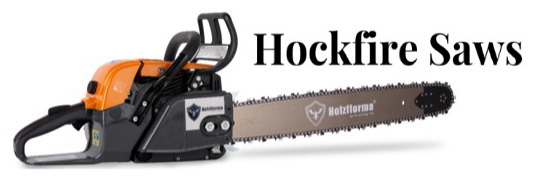For your reading enjoyment:
Copied
" a brief description of the similarities and differences of honey locust (herein referred to as HL) and Black Locusts (herein referred to as BL)...feel free to add something as needed. Please excuse the grammar and wording, its late and I need bed!
BL and HL are both thorny trees however BL doesn't generally have thorns on the trunks of older trees whereas HL has LONG thorns on the trunk and branches, regardless of age. Young BL trees will have trunk AND branch thorns (generally less than 1" but spaced farther apart than HL. Sometimes HL can appear from a distance as being 'hairy' with thorns, perhaps because they are. When it comes to LONG, nasty thorns, that is the HL. Long, nasty tire popping, barefoot throbbing thorns= HONEY LOCUST! HL has long sharp thorns on the trunk AND branches on trees of all ages. HL has a darker, smoother bark (similar to that of a young cherry) whereas BL has a light tan colored bark on young trees turning a darker gray and more grooved (hackberryish) as the tree matures. Both HL and BL have seed pods. BL seed pods are smaller, generally less that 7" and are nearly identical to Mimosa tree (silk tree) pods and also resemble eastern redbud pods. Honey locust also have seed pods but they are distinctly longer pods like Catawba or Kentucky coffee tree and are oftentimes greater than 12" and often curl in a spiral shape. The seeds pods of honey locust are often used as "sweet feed" for livestock and a sedating treat for that cow or goat who doesn't like to be milked. HL, BL, eastern redbud and Mimosa tree are all legumes and N fixers however HL and BL are in the family acacia, whereas eastern redbud and Mimosa are not. HL and BL have roots that are more similar to rhizomes (like a giant Bermuda grass!) and sucker profusely (like a giant Bermuda grass!) when cut or when the soil around them is disturbed. Many states consider both the HL and the BL as an invasive specie. "












